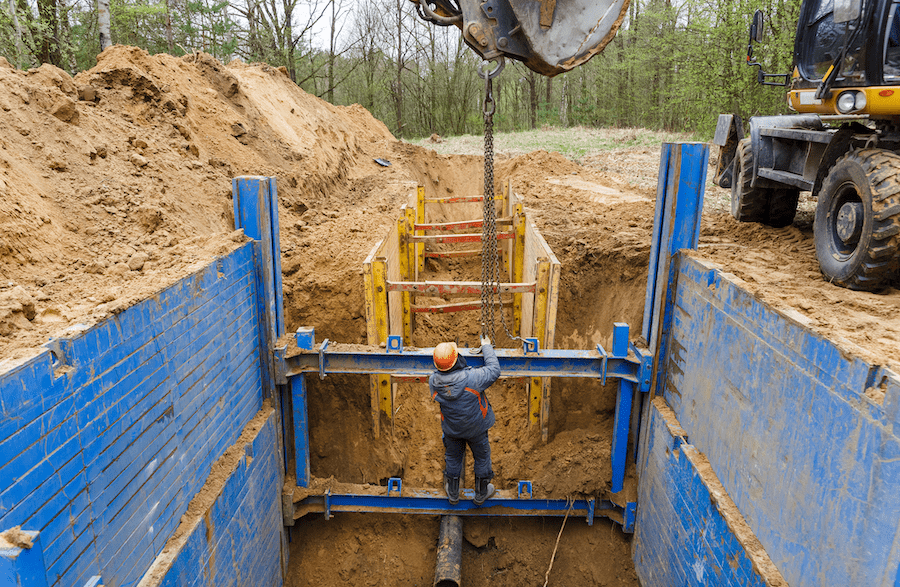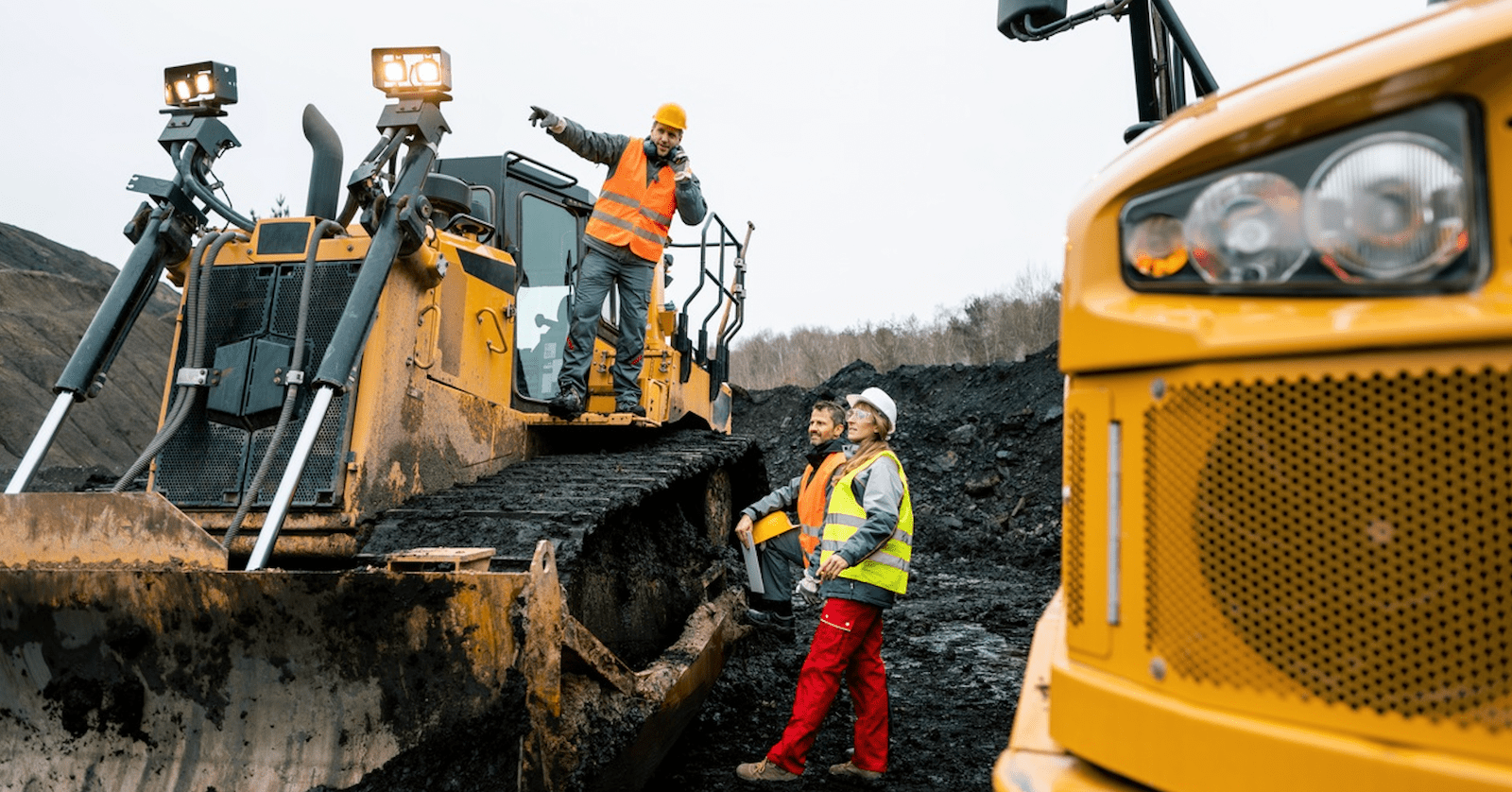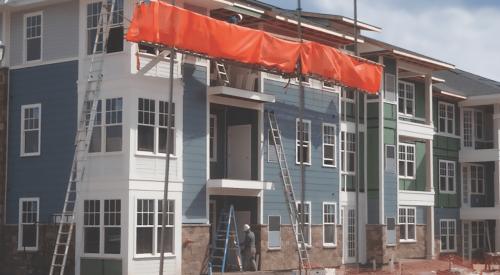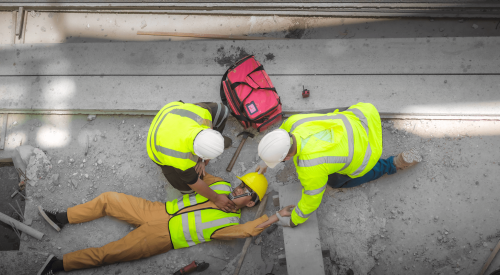When it comes to jobsite dangers and ensuring worker safety, trenching and excavating are two of the most dangerous activities in the construction industry, and trench collapses (or cave-ins) pose the highest risk to worker health and safety, according to the U.S. Occupational Health and Safety Administration (OSHA).
What Is the Difference Between Excavation and a Trench?
OSHA defines excavations as any man-made cavity, trench, or depression on the surface that resulted from earth removal. A trench is more specifically defined as a narrow excavation (in relation to its length) made below the surface of the ground. Generally, the depth of a trench is greater than its width, but the width of the trench (measured at the bottom) is never greater than 15 feet (4.6 meters).
OSHA is making trenching and excavation safety its No. 1 goal, and even has a new slogan:
- Slope it — or create a “bench” or “steps”
- Shore it — support trench walls, or
- Shield it — fortify the walls with trench boxes
What is a trench box?
Trench boxes are a safety device used to protect workers in trenches by providing shoring and a support system for the sides of the trench so it doesn't collapse. The trench box is usually made of steel or aluminum and consists of preconstructed side sheets and adjustable cross members.

Basic Excavation and Trench Safety Best Practices
Additionally, employers, owners, and managers need to ensure a safe means to enter and exit trenches on jobsites and must keep materials away from trench edges.
Safety protocols also should safeguard against the presence of adverse atmospheric conditions and ensure there is no freestanding water in the trench. Fran Smith safety director for Cavan Construction, in the greater Philadelphia area, advises workers to never enter a trench unless it has been properly inspected. “The risk of injury or death,” she says, “is just too high.”
Trench safety is an all-too-common hazard, Smith says, because most contractors don’t take the weight of soil into account. "A single cubic yard of soil amounts to 4,000 pounds, which is the weight of a small pickup truck,” she points out.
When a trench gives, unprotected workers are buried instantly, which can—and usually does—prove fatal. “It’s just physics,” Smith says. “It doesn’t take much to crush a worker under that much soil.”
The good news is a disaster like this can be avoided by employing and enforcing a few simple precautions that ensure excavation and trench safety.
RELATED
- Best Practices for Safe Scaffolding on the Jobsite
- Construction Site Fall Protection Made Simple
- Rise in Trench-Related Fatalities Spur Enhanced Nationwide Safety Enforcement
What Causes a Trench to Collapse and How to Prevent It
Extra Weight at the Trench Edge
A trench collapses when its walls fail to contain the pressure of the soil pressing upon it. Even though this condition can be difficult at any depth, its likelihood will increase if other materials are piled at the trench’s edge. General guidelines to prevent trenches from collapsing due to extra weight include:
- Transfer construction materials so they are at least 2 feet away from the trench edge. If there is not enough area to relocate the materials, then remove them from the site entirely.
- Remove extra personnel from the edge of the trench.
- Keep all equipment away from the excavation site.
Trench Safety Guidelines to Protect Workers
Trench workers can stay safe on jobsites by following these guidelines:
- Inspection and reinforcement: Do not enter a trench if it has not been reinforced with trench shoring or has not been inspected at the start of the day or after a rainstorm.
- Loads: Do not work under suspended loads, such as scaffolding or temporary spans.
- Utilities: Do not commence trenching unless all underground utilities have been located and marked.
- Testing: For trenches more than 4 feet deep, you must carry out air testing. The reason: Oxygen deprivation is the second leading cause of fatalities in unregulated trenches.
- Compromised infrastructure: Immediately evacuate a trench if an odor is present or if rainwater has accumulated at the bottom. These are sure signs trench infrastructure has been compromised.
- Training and reporting: “Construction site personnel should be trained to report unsafe trench conditions to their supervisors immediately,” Smith says. “The ‘competent person,’per OSHA standards, is anyone trained to determine hazards.” That individual must also be given the authority to deploy corrective measures to remove those risks.
Trench Safety Protocols and Responsibilities
Competent persons for excavations and trenching work are responsible for the following safety protocols:
- Categorizing the on-site soil
- Utilizing equipment for water removal
- Implementing and ensuring protective systems and protocols for trench safety are in place
- Designing, employing, and utilizing ramps for egress
- Carrying out site inspections
Soil classification is especially critical for excavation and trench work because it enables workers to determine the stability of the soil they are working in.
Inspectors also must identify soil water retention and minimize vibrations from heavy equipment and tools. According to OSHA, the “competent person” must be able to identify risk factors that threaten the safety of trench workers. By taking these steps, on-site supervisors can reduce injuries and eliminate fatalities due to trench failure and excavation issues.
Tap Into OSHA Resources for Excavation and Trench Safety
Contractors and owners can protect the construction site and workers by enrolling in OSHA’s 30-Hour Construction Industry Outreach training program. The program is an orientation to occupational health and safety for workers who are protected by OSHA regulations and is intended for anyone who works in the construction industry, such as foremen, safety directors, and managers, among others. Once the course is completed, students receive their completion card within six to eight weeks.
The good news is that excavation and trench disasters can be avoided by employing and enforcing a few simple precautions that ensure excavation and trench safety.

Howard Frederick, Esq., is a partner at The Platta Law Firm, in New York City. He has more than 30 years of trial experience in construction accident cases, for both defense and plaintiff. For more information, go to plattalaw.com/new-york-construction-accident-lawyer.












